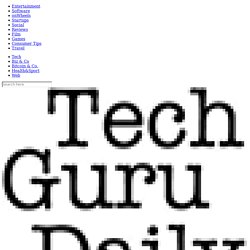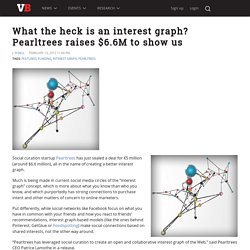

6 reasons to use Pearltrees. Pearltrees is the first and largest social curation community on the Internet.

It’s a place to organize, discover and share all the cool content you find online. However, beyond this basic definition, a question remains: why would I want to use Pearltrees? Well, what I want to share with you are six major use cases (or reasons) we’ve identified as being most popular across our entire community of web curators. In addition, I’ll also share with you a couple of interesting ways in which I have put Pearltrees to use for myself. Hopefully, you’ll not only get value in learning how the community uses Pearltrees, but also be inspired to find even more clever and creative ways to use our software yourself. 3. The problem is that aside from searching your personal twitter stream to get back to the cool stuff you tweeted there’s no great way to keep those links at hand.
Note: For advanced users you can even hashtag the links you tweet with #PT and the name of a pearltree in your account (e.g. Pearltrees. Pearltrees refers to itself as "a place for your interests".[8] Functionally the product is a visual and collaborative curation tool[9][10][11][12] that allows users to organize, explore and share any URL they find online as well as to upload personal photos, files and notes.[13] The product features a unique visual interface[14][15] that allows users to drag and organize collected URLs, and other digital objects.[16] that themselves can be further organized into collections and sub-collections,[17] (URLs).

Users of the product can also engage in social/collaborative curation using a feature called Pearltrees Teams.[18] Pearltrees was founded by Patrice Lamothe, CEO,[22] Alain Cohen, CTO,[23] Nicolas Cynober, Technical Director,[24] Samuel Tissier, Ergonomy/UI[25] and Francois Rocaboy, CMO.[26] History[edit] Development of Pearltrees began in 2007. In July 2012 Pearltrees launched their iPhone app. Pearltrees introduced Pearltrees 2.0 on May 22nd, 2014. Usage[edit] Problem pearltrees. Pearltrees Develops its New Interface Further with 'Meaning' Content and file curation and sharing platform Pearltrees has been updated today with new features that include ‘Meaning’, a new organization system.

‘Meaning’ is based on a traditional grid and allows users to drag and drop content into collections that can be shared with others and collaborated on with real-time synchronization. Pearltrees tells us that it hopes the new layout will encourage more collaboration between users. The company may have a point – a conventional grid could well take less time for new users to adapt to than Pearltrees’ old ‘tree of pearls‘ look that it moved away from earlier this year, even if it’s not quite as unique to look at. The France-based company’s video below shows Meaning in action: Meanwhile, Pearltrees’ mobile apps on iOS and Android have been updated with new features including a ‘tunable interest feed’ that delivers personalized content recommendations to your account.
Pearltrees. What the heck is an interest graph? Pearltrees raises $6.6M to show us. Social curation startup Pearltrees has just sealed a deal for €5 million (around $6.6 million), all in the name of creating a better interest graph.

Much is being made in current social media circles of the “interest graph” concept, which is more about what you know than who you know, and which purportedly has strong connections to purchase intent and other matters of concern to online marketers. Put differently, while social networks like Facebook focus on what you have in common with your friends and how you react to friends’ recommendations, interest graph-based models (like the ones behind Pinterest, GetGlue or Foodspotting) make social connections based on shared interests, not the other way around.
“Pearltrees has leveraged social curation to create an open and collaborative interest graph of the Web,” said Pearltrees CEO Patrice Lamothe in a release. “As a consequence, Pearltrees harnesses the power of people to organize and discover the most valuable content on the web”, he said.